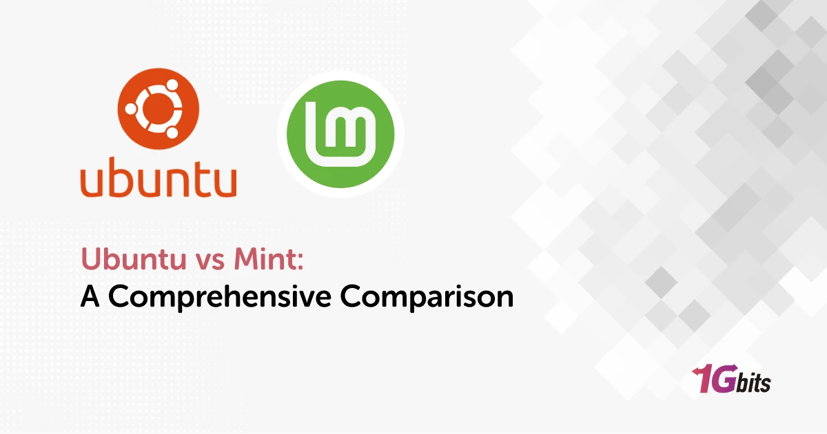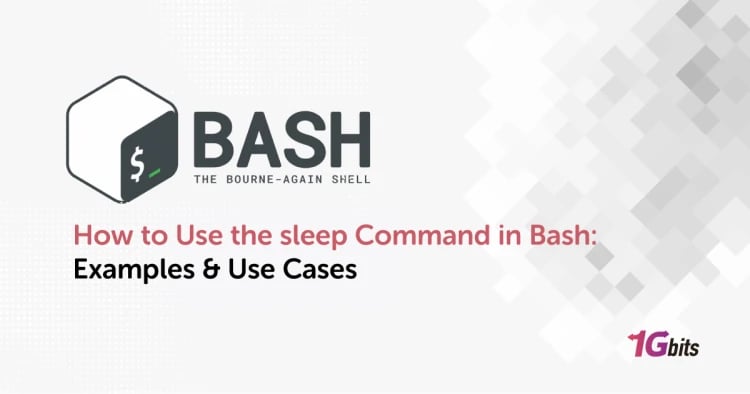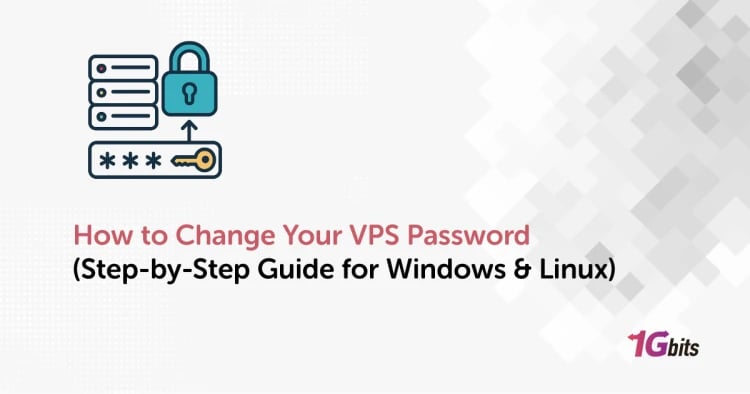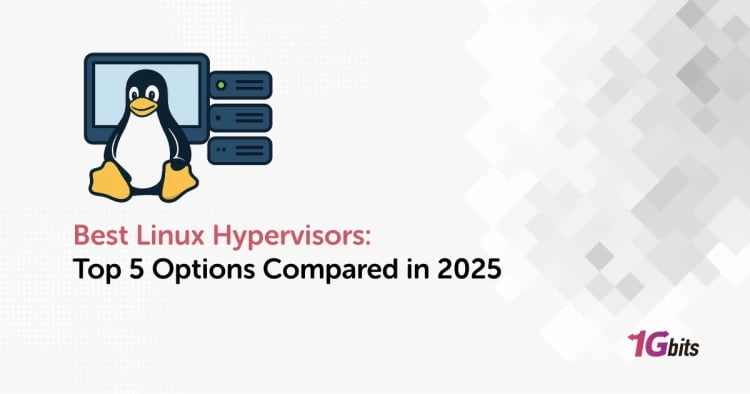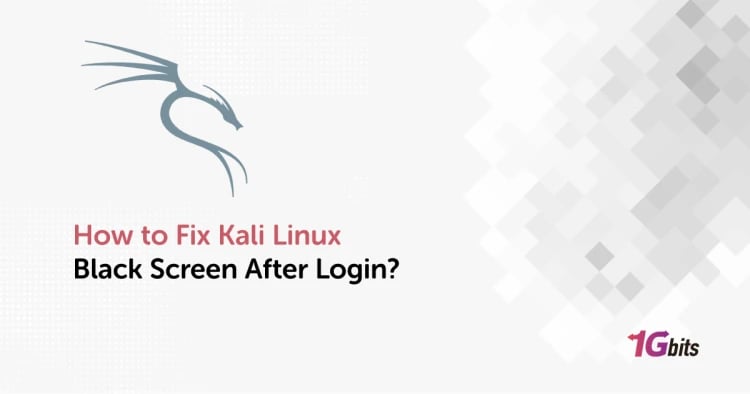Linux-based operating systems have become increasingly popular as alternatives to Windows and macOS. Among the many distributions available, Ubuntu vs Mint stand out as two of the most user-friendly and accessible options. Both have their roots in the Debian project, share many commonalities, and cater to a broad range of users.
However, there are significant differences between them that can make one more suitable than the other depending on your needs and preferences. In this article, we'll explore these differences in detail, covering everything from performance and battery life to desktop interfaces and use cases.
Additionally, if you're considering deploying an Ubuntu-based server, it's worth checking out our guide on Ubuntu VPS Server, which highlights the benefits and setup process for hosting Ubuntu in a virtualized environment. This could be a valuable resource for those looking to expand their knowledge on Ubuntu's server-side capabilities.
Linux Mint Overview
Linux Mint is a community-driven Linux distribution that was first released in 2006. It was designed with simplicity, elegance, and ease of use in mind, making it particularly appealing to users who are new to Linux or prefer a more traditional desktop experience.
One of Linux Mint's primary goals is to provide a system that is both powerful and easy to use. This is reflected in its choice of software, default settings, and overall design philosophy. It comes pre-installed with a wide range of applications that most users would need, including productivity tools, multimedia software, and more, all of which work out of the box with minimal configuration.
Key Features of Linux Mint:
-
User-Friendly Interface: Intuitive and familiar layout, especially with the Cinnamon desktop environment.
-
Out-of-the-Box Experience: Pre-installed with essential software, codecs, and drivers, reducing the need for post-installation configuration.
-
Customization: Highly customizable, allowing users to tweak and modify the desktop to their liking.
-
Community Support: Backed by a large and active community that provides support, tutorials, and a wealth of resources.
If you’re curious to know the differences between Debian vs Mint, you can read our blog post on this topic.
Ubuntu Overview
Ubuntu, developed by Canonical, is one of the most popular and widely used Linux distributions in the world. First released in 2004, Ubuntu has been a driving force in bringing Linux to mainstream users. It is known for its ease of installation, user-friendly interface, and strong focus on security and stability.
Ubuntu uses the GNOME desktop environment, which provides a clean, modern interface with a focus on productivity and efficiency. It also offers a large repository of software, which can be easily installed via the Ubuntu Software Center.
Key Features of Ubuntu:
-
Wide Hardware Compatibility: Extensive driver support and compatibility with a wide range of hardware.
-
Strong Community and Commercial Support: Backed by Canonical, Ubuntu offers commercial support alongside a vibrant community.
-
Security and Stability: Regular security updates and long-term support options ensure a stable and secure system.
-
Software Availability: Access to a vast repository of free and open-source software.
Here you can read more about pros and cons of Ubuntu.
Ubuntu vs Mint Performance
When comparing the performance of Ubuntu vs Mint, several factors come into play, including system resource usage, boot times, and overall responsiveness.
System Resource Usage:
Linux Mint is generally known to be more lightweight than Ubuntu, especially when using the MATE or Xfce desktop environments. Cinnamon, while more modern, is still relatively resource-efficient compared to GNOME, the default desktop environment in Ubuntu.
Ubuntu's GNOME desktop is known for being more resource-intensive, which can lead to slower performance on older or less powerful hardware. However, GNOME has made significant improvements in recent versions, optimizing resource usage and improving performance.
Boot Times:
In terms of boot times, Linux Mint tends to be slightly faster due to its lighter desktop environments and fewer background services running by default. However, the difference is often marginal and might not be noticeable on modern hardware.
Overall Responsiveness:
Linux Mint's lower resource consumption often translates to a more responsive experience, particularly on older systems. On modern hardware, the performance difference between the two is less pronounced, and Ubuntu's GNOME desktop can feel just as smooth.
For users exploring alternative Linux distributions, a comparison between Debian and Ubuntu might provide valuable insights into the core differences between these two popular operating systems. Check out our detailed comparison in the 'Debian vs Ubuntu' post for more information.
Ubuntu vs Mint Battery Life
Battery life is a critical consideration for laptop users. The desktop environment and background services significantly impact how long your device can run on a single charge.
Linux Mint:
Linux Mint, especially with the Xfce desktop, is generally more power-efficient. The lighter environment consumes fewer system resources, which can lead to improved battery life. Additionally, Linux Mint provides tools like TLP to optimize battery usage further.
Ubuntu:
Ubuntu's GNOME desktop, while more feature-rich, is more power-hungry. The additional animations, transitions, and services running in the background can reduce battery life compared to Linux Mint. However, Ubuntu also supports tools like TLP and PowerTOP to help manage and extend battery life.
Additionally, if you're exploring different Linux distributions, you might want to check out the comparison between Ubuntu and Fedora. Both offer unique advantages depending on your needs and preferences, from package management to release cycles.
Linux Mint vs. Ubuntu Benchmark
Benchmarking provides a quantitative way to compare the performance of Linux Mint and Ubuntu. While specific benchmarks can vary depending on the hardware and software used, general trends can be observed.
CPU and Memory Usage:
-
Linux Mint: Generally uses fewer CPU and memory resources, particularly with the MATE and Xfce environments. This can lead to faster application launches and smoother multitasking on systems with limited resources.
-
Ubuntu: GNOME, while optimized in recent versions, still tends to consume more CPU and memory. This can be less noticeable on high-end systems but may affect performance on older or less powerful machines.
Disk I/O Performance:
-
Linux Mint: Faster disk I/O operations, particularly when using the lightweight desktop environments. This can result in quicker file access and improved overall responsiveness.
-
Ubuntu: Disk I/O performance is solid, but the heavier GNOME environment may lead to slightly slower performance in some scenarios.
Graphics Performance:
-
Linux Mint: Offers solid graphics performance, particularly when using Cinnamon, which provides a good balance between aesthetics and efficiency.
-
Ubuntu: GNOME's animations and effects can be more demanding, but the overall graphics performance remains strong, especially on systems with dedicated GPUs.
For users looking to set up an FTP server on Ubuntu, a comprehensive guide on installing VSFTPD can help streamline the process and enhance your system's functionality.
Ubuntu vs Mint for Gaming
Gaming on Linux has come a long way, with both Ubuntu and Mint offering strong support for modern games. However, there are some differences between Ubuntu vs Mint that may influence your choice.
Linux Mint:
-
Out-of-the-Box Experience: Linux Mint provides an easy-to-use environment with pre-installed drivers and codecs, which can make it easier to get started with gaming.
-
Performance: The lightweight nature of Mint, particularly with the Xfce desktop, can result in slightly better gaming performance on lower-end hardware.
Ubuntu:
-
Compatibility: Ubuntu's popularity means it often receives better support from game developers and third-party software providers. Many games and gaming tools are officially supported on Ubuntu, making it a more reliable choice for gamers.
-
Steam and Proton: Ubuntu's strong support for Steam and Proton ensures compatibility with a wide range of Windows games, making it easier to run games on Linux.
Community and Resources:
Both distributions have active communities that provide support, guides, and troubleshooting tips for gaming on Linux. However, Ubuntu's larger user base means there may be more resources available for troubleshooting specific games or issues.
If you're looking to get started with version control for your gaming projects or development work on Ubuntu, check out our guide on how to install Git on Ubuntu to streamline your workflow.
Ubuntu vs Mint for Developers
For developers, choosing the right Linux distribution can make a significant difference in productivity and efficiency. Both Kubuntu vs Mint offer strong support for development tools, but there are some distinctions to consider.
Linux Mint:
-
Ease of Use: Mint's user-friendly interface and out-of-the-box functionality can make it easier for new developers to get started. The availability of multiple desktop environments also allows developers to choose one that suits their workflow.
-
Software Availability: While Mint has access to the same software repositories as Ubuntu, it may lag slightly behind in receiving the latest updates for development tools and libraries.
Ubuntu:
-
Development Tools: Ubuntu is often the first distribution to receive support for new development tools and environments, making it a better choice for developers who need the latest features and software.
-
Community and Support: Ubuntu's large and active developer community means there are more resources available for troubleshooting and support. Canonical's backing also ensures that Ubuntu remains a strong choice for enterprise development environments.
-
Compatibility: Ubuntu's widespread use in the cloud and server environments makes it an ideal choice for developers working on projects intended for deployment on these platforms.
For users looking to access remote desktops on Ubuntu, exploring the best RDP clients for Ubuntu can enhance productivity and streamline remote work.
Ubuntu vs Mint for Beginners
For beginners, the choice between Ubuntu vs Mint can be crucial in determining how easily they can transition to Linux and how comfortable they feel using the system.
Linux Mint:
-
Familiar Interface: Mint's Cinnamon desktop provides a familiar interface for users coming from Windows, making the transition to Linux smoother and less intimidating.
-
Out-of-the-Box Experience: Mint is designed to work well out of the box, with pre-installed drivers, codecs, and essential software. This reduces the need for additional configuration and makes it easier for beginners to start using the system right away.
-
User-Friendly Tools: Mint includes several user-friendly tools, such as the Mint Update Manager, which simplifies system updates and maintenance.
Ubuntu:
-
Guided Installation: Ubuntu offers a straightforward installation process with clear instructions, making it accessible for beginners. The "Try Ubuntu" option also allows users to test the system before committing to an installation.
-
Active Community: Ubuntu's large community means there are plenty of tutorials, guides, and forums available to help beginners troubleshoot issues and learn more about using Linux.
-
Modern Interface: While GNOME may have a steeper learning curve for some, its modern interface is designed to be intuitive and efficient, with features like the Activities Overview making it easy to manage applications and workspaces.
For users who want to check the specific version of Ubuntu they're using, it’s important to know how to check the Ubuntu version to ensure compatibility with certain applications or updates. You can find more details on this in our guide on how to check Ubuntu version.
Linux Mint or Ubuntu for Old Laptops
If you're looking to revive an old laptop, both Linux Mint and Ubuntu offer solutions that can breathe new life into aging hardware.
Linux Mint:
-
Lightweight Desktop Environments: Mint's MATE and Xfce editions are specifically designed for older hardware, offering a responsive and efficient experience even on limited resources.
-
Optimized Performance: Mint is known for its efficient use of system resources, which can result in faster boot times, smoother multitasking, and overall better performance on older laptops.
Ubuntu:
-
Alternative Flavors: While the default Ubuntu with GNOME may be too heavy for older laptops, Ubuntu offers lighter flavors like Lubuntu (with LXQt) and Xubuntu (with Xfce) that are more suitable for older hardware.
-
Driver Support: Ubuntu's wide hardware compatibility ensures that even older laptops are likely to work well, with drivers for most components available out of the box.
Linux Ubuntu vs Mint: Which One Is Better?
The question of which is better, Ubuntu or Mint, ultimately depends on your specific needs and preferences. Here's a summary of the key points to consider:
Ubuntu:
-
Best For: Users who want the latest features, developers, enterprise users, and those who need strong community support.
-
Strengths: Wide software availability, strong hardware compatibility, regular updates, and a modern interface with GNOME.
-
Considerations: More resource-intensive, which can impact performance on older hardware. The GNOME interface may require an adjustment period for new users.
Linux Mint:
-
Best For: Beginners, users transitioning from Windows, those with older hardware, and anyone who prefers a traditional desktop experience.
-
Strengths: User-friendly, lightweight, excellent out-of-the-box experience, and highly customizable.
-
Considerations: Fewer cutting-edge features and slightly slower access to the latest software compared to Ubuntu.
However, if you're looking for a more streamlined approach to remote desktop access on Ubuntu, consider setting up an Ubuntu RDP server. This setup provides an efficient way to access your Ubuntu system remotely. Learn more about configuring an Ubuntu RDP server here.
